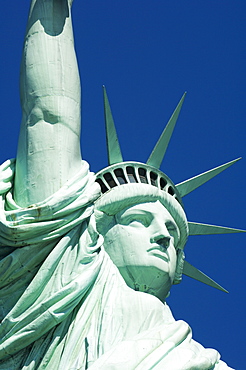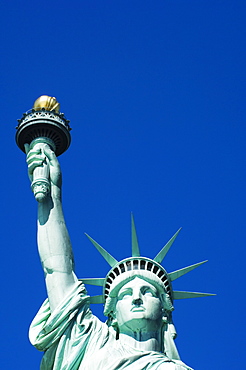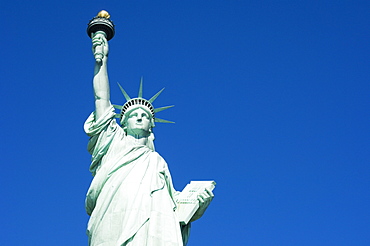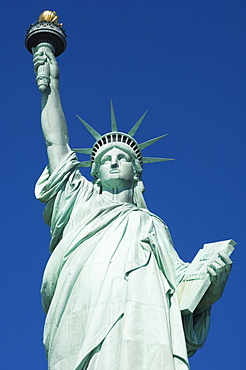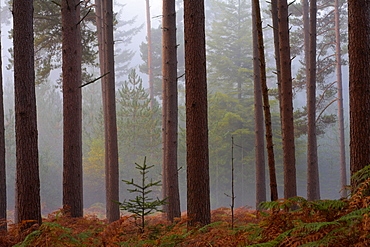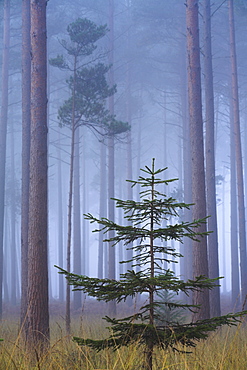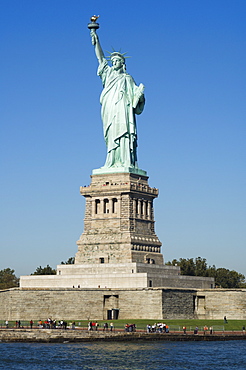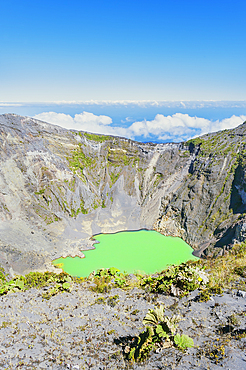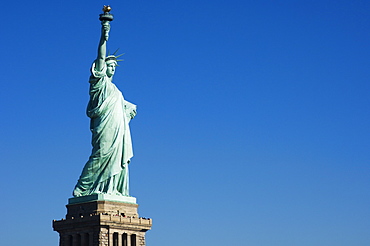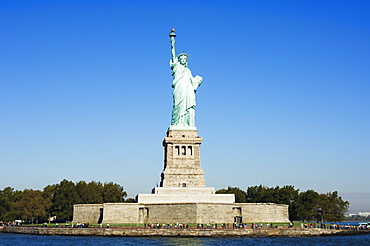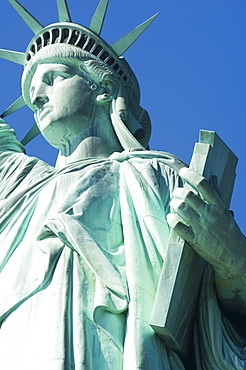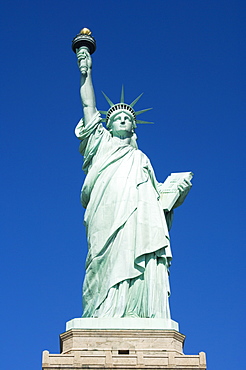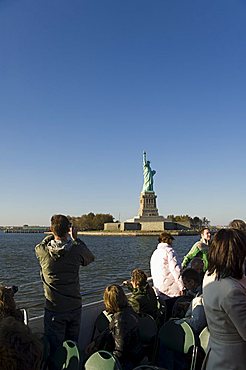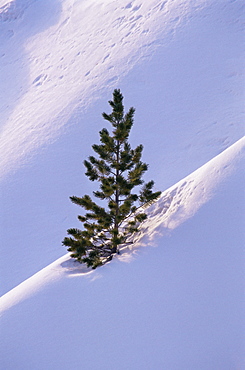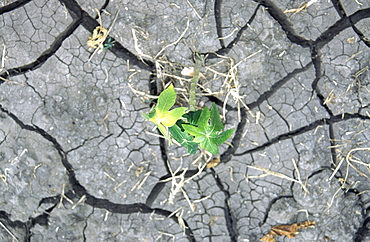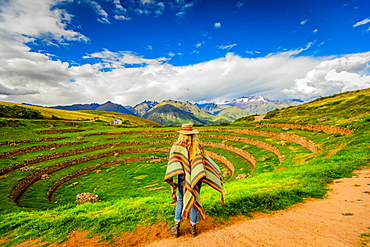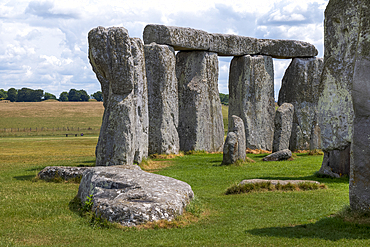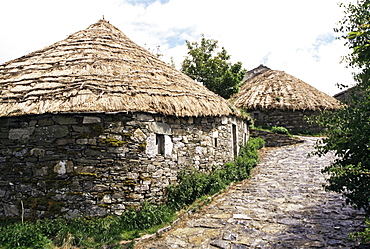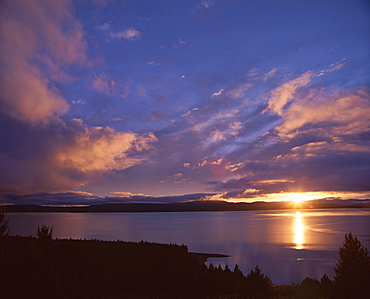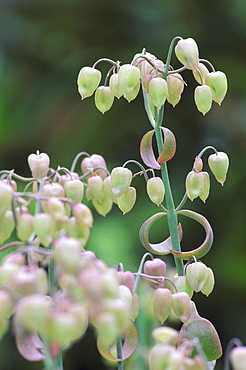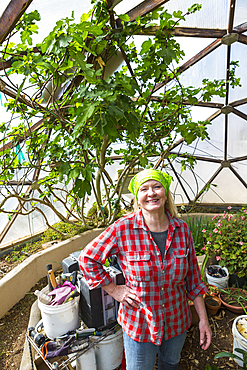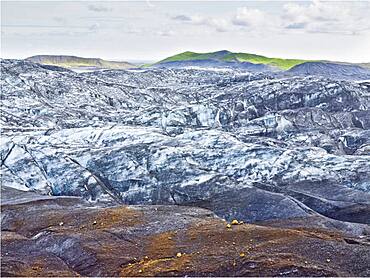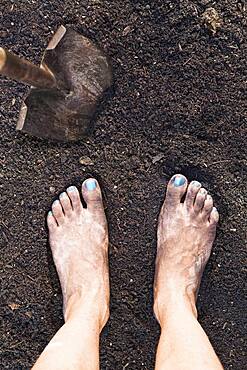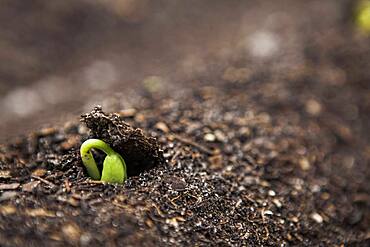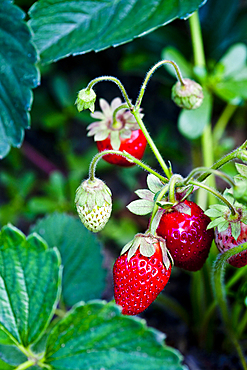Results
65 results found
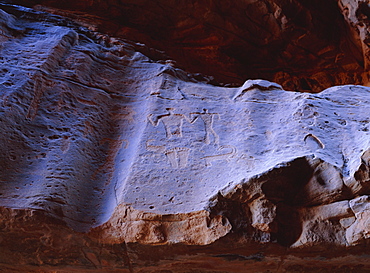
Rock drawings of Thamudic origin, relating to ancient tribe of Thamud, 3rd century BC to 2nd century AD, in canyon of Jebel Khazali, south of Rum village, Wadi Rum, Jordan
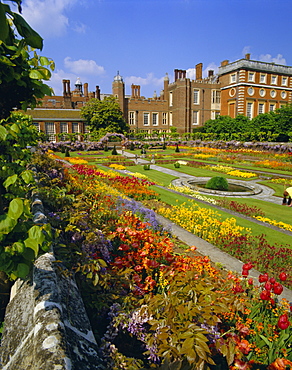
Sunken Gardens (King William and Queen Mary), the origin of the English nursery rhyme 'Mary Mary Quite Contrary', Hampton Court Palace, Hampton Court, London, England, UK
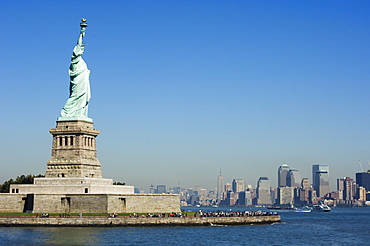
Statue of Liberty, Liberty Island and Manhattan skyline beyond, New York City, New York, United States of America, North America

Statue of Liberty, Liberty Island and Manhattan skyline beyond, New York City, New York, United States of America, North America
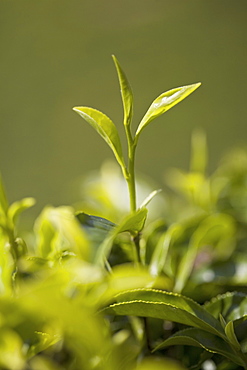
High quality tea leaves, the top two leaves and a bud are used for First Flush or Second Flush teas, Happy Valley Tea Estate, Darjeeling, West Bengal, India, Asia
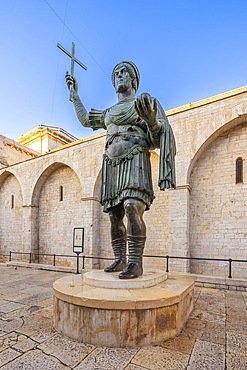
Colossus of Barletta, Basilica of the Holy Sepulchre, Barletta, Barletta-Andria-Trani, Apulia, Italy
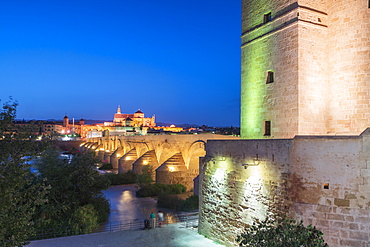
Dusk lights on Puerta del Puente and Calahorra tower (Torre de la Calahorra), gate of Islamic origin, Cordoba, UNESCO World Heritage Site, Andalusia, Spain, Europe
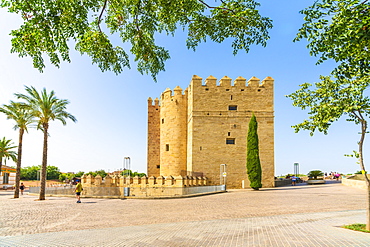
Calahorra tower (Torre de la Calahorra), a fortified gate of Islamic origin in the historic centre of Cordoba,UNESCO World Heritage Site, Andalusia, Spain, Europe
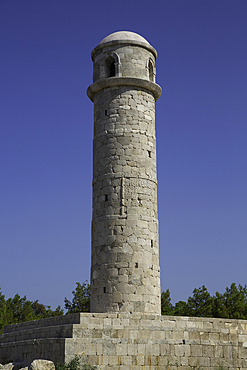
Patara Lighthouse, Built by Emperor Nero in 64 AD, Patara Ancient City (origins back to 5,500 BC), Patara National Park, Antalya, Turkey
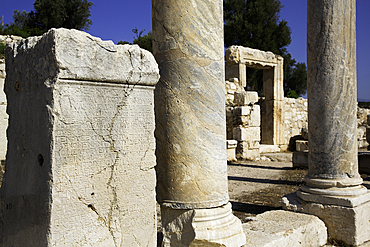
Inscriptions, Marble Columns, Harbor Street, 2nd Century BC, Patara Ancient City (origins back to 5,500 BC), Patara National Park, Antalya, Turkey
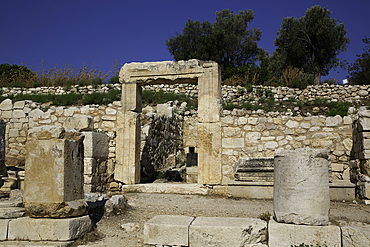
Shop Entrance, Harbor Street, 2nd Century BC, Patara Ancient City (origins back to 5,500 BC), Patara National Park, Antalya, Turkey
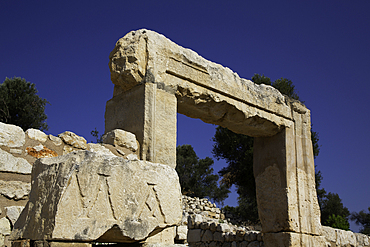
Stone Carved Letters at Shop Entrance, Harbor Street, 2nd Century BC, Patara Ancient City (origins back to 5,500 BC), Patara National Park, Antalya, Turkey
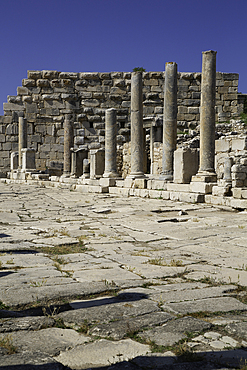
Marble Columns, Harbor Street, Patara Ancient City (origins back to 5,500 BC), Patara National Park, Antalya, Turkey
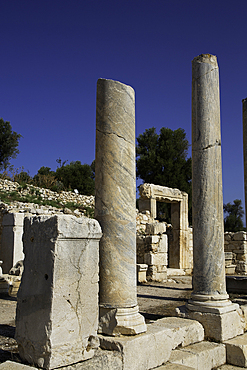
Inscription, Marble Columns, Harbor Street, 2nd Century BC, Patara Ancient City (origins back to 5,500 BC), Patara National Park, Antalya, Turkey
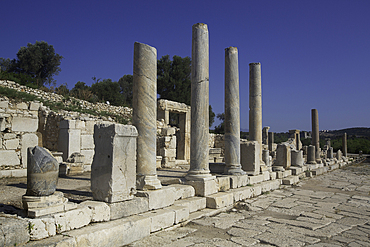
Marble Columns, Shop Entrance (background), Harbor Street, 2nd Century BC, Patara Ancient City (origins back to 5,500 BC), Patara National Park, Antalya, Turkey
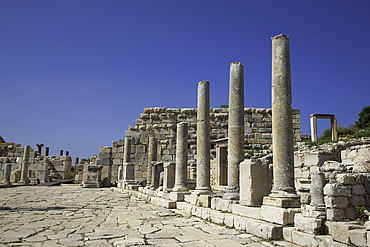
Marble Columns, Harbor Street, 2nd Century BC, Patara Ancient City (origins back to 5,500 BC), Patara National Park, Antalya, Turkey
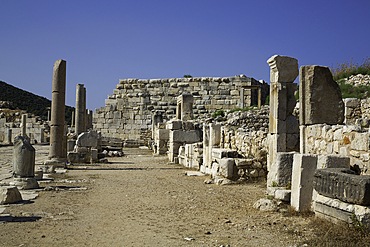
Marble Columns, Shop Entrances (left), Harbor Street, 2nd Century BC, Patara Ancient City (origins back to 5,500 BC), Patara National Park, Antalya, Turkey
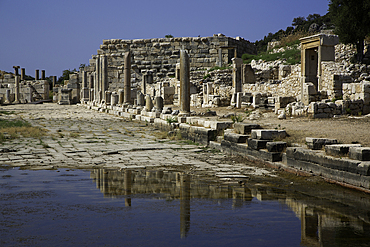
Marble Columns, Water Reflection, Patara Ancient City (origins back to 5,500 BC), Patara National Park, Antalya, Turkey
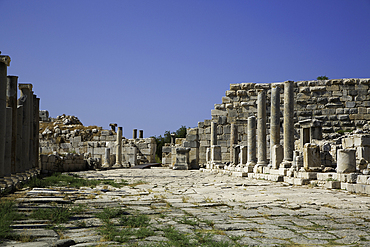
Harbor Street, 2nd Century BC, Patara Ancient City (origins back to 5,500 BC), Patara National Park, Antalya, Turkey
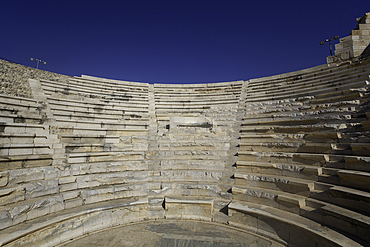
The Bouleuterion (Council House), 1st Century, Patara Ancient City (origins back to 5,500 BC), Patara National Park, Antalya, Turkey
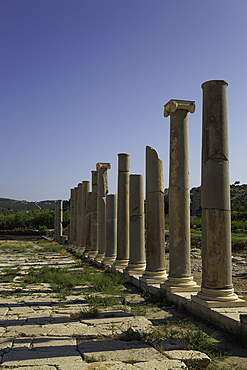
Granite Columns, Harbor Street, 2nd Century BC, Patara Ancient City (origins back to 5,500 BC), Patara National Park, Antalya, Turkey

The Bouleuterion (Council House), 1st Century, Patara Ancient City (origins back to 5,500 BC), Patara National Park, Antalya, Turkey
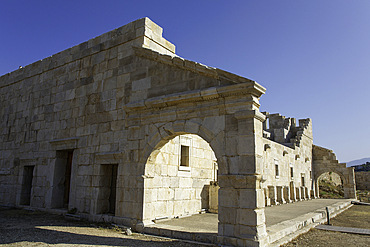
The Bouleuterion (Council House), 1st Century, Patara Ancient City (origins back to 5,500 BC), Patara National Park, Antalya, Turkey
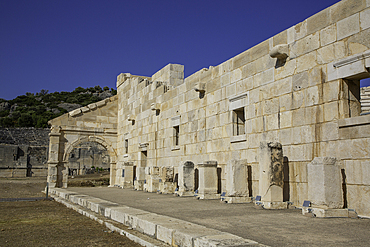
The Bouleuterion (Council House), 1st Century, Patara Ancient City (origins back to 5,500 BC), Patara National Park, Antalya, Turkey
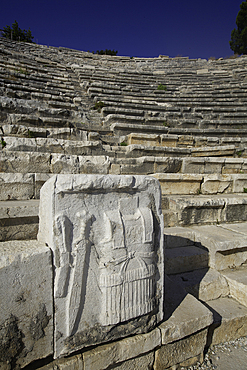
Stucco Relief, Greek Theater, Founded 3rd century BC, Patara Ancient City (origins back to 5,500 BC), Patara National Park, Antalya, Turkey
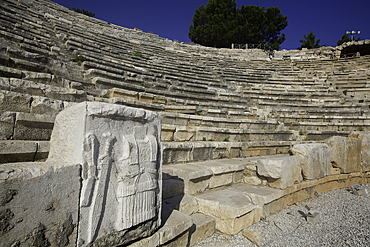
Stucco Relief, Greek Theater, Founded 3rd century BC, Patara Ancient City (origins back to 5,500 BC), Patara National Park, Antalya, Turkey
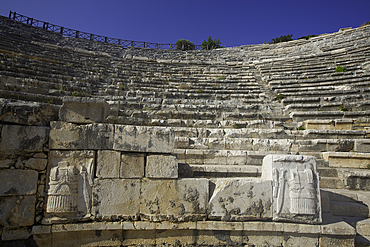
Stucco Reliefs, Greek Theater, Founded 3rd century BC, Patara Ancient City (origins back to 5,500 BC), Patara National Park, Antalya, Turkey
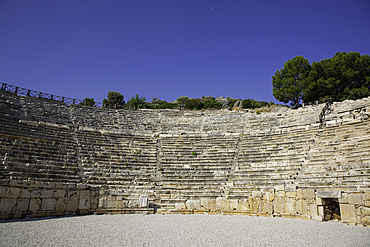
Greek Theater, Founded 3rd century BC, Patara Ancient City (origins back to 5,500 BC), Patara National Park, Antalya, Turkey
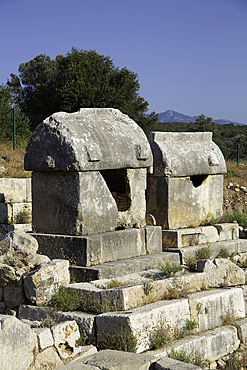
Lycian Sarcophagi, Patara Ancient City (origins back to 5,500 BC), Patara National Park, Antalya, Turkey

Lycian Sarcophagi, Patara Ancient City (origins back to 5,500 BC), Patara National Park, Antalya, Turkey
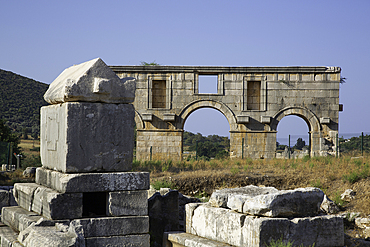
Lycian Sarcophagus, Arch of Modestus (background), Patara Ancient City (origins back to 5,500 BC), Patara National Park, Antalya, Turkey
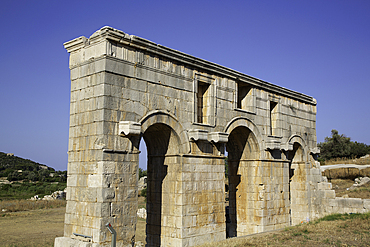
The Arch of Modestus, 1st Century AD, Patara Ancient City (origins back to 5,500 BC), Patara National Park, Antalya, Turkey
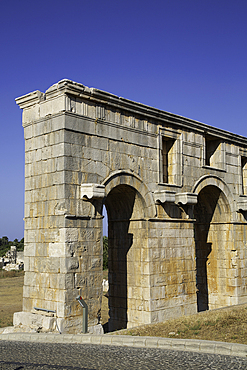
The Arch of Modestus, 1st Century AD, Patara Ancient City (origins back to 5,500 BC), Patara National Park, Antalya, Turkey
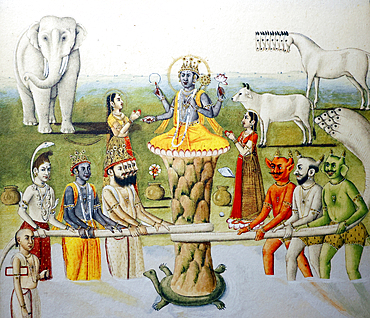
The Samudra Manthana explains the origin of the elixir of eternal life (amrita), 18th century Indian art, Musee Guimet (Guimet Museum), Paris, France, Europe
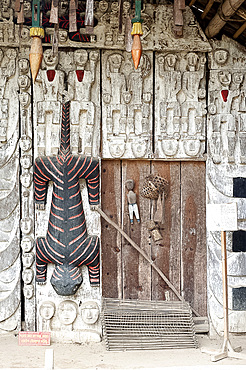
Manipur house of wood carved from animist origins in the Heritage Centre run by the Mutua Museum, Andro Scheduled Caste village, Andro, Manipur, India, Asia

Panorama from Miradouro over Caldeira Negra e Lagoa Comprida, two lakes of volcanic origin on Flores island, Azores islands, Portugal, Atlantic Ocean, Europe
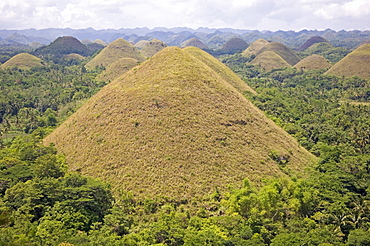
The Chocolate Hills, mounds of earth where grasses turn from green to brown during summer, of mysterious origin, Bohol island, The Philippines, Southeast Asia, Asia

Sculpture at starting point of South West Coast Path, Minehead, Somerset, England, United Kingdom, Europe
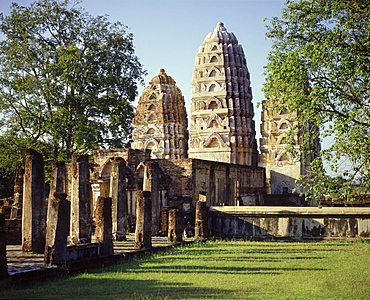
Wat Si Sawai, a temple of Khmer origin, Sukhothai, UNESCO World Heritage Site, Thailand, Southeast Asia, Asia
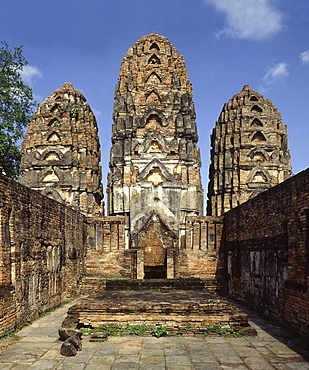
Wat Si Sawai, a temple of Khmer origin, Sukhothai, UNESCO World Heritage Site, Thailand, Southeast Asia, Asia
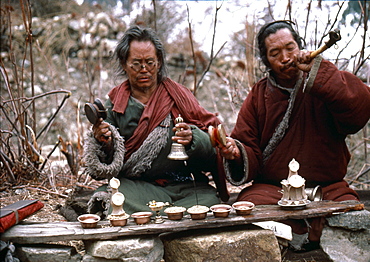
Nepal. Sonam & boom praying at charnel grounds. Humla. Vajrayana is tantric mahasiddha, lives fearlessly in terrifying places like remote jungles charnel grounds. nyingma lamas perform ritual at cremation grounds. lama rattles damaru, a small ritual drum to have origins in - shamanism. damaru, used as a tantric device to summon gods ward evil spirits, once made from human skull bones dried human skin as a reminder of impermanence of body. other lama, boom blows a kangling, a human thigh-bone horn. kangling is used in exorcism is capable of gods demons. Traditionally, best bones a kangling come from brahmans, particularly sixteen-year- brahman girls-or from tigers
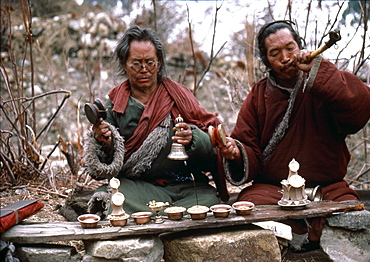
Nepal. Ritual, sonam/boom. Lobsangs cremation. Humla. traveler reached of journey! In freedom of infinite he is free from sorrow, fetters that bound thrown away, burning fever of life is no more,oesays dharmapada. Lobsang having spent whole life preparing moment of death, finds liberation on february 14, 1986. Extensive ritual follows cremation-traditionally a forty nine period, sonam lama rattles damaru. A small ritual drum to have origin in - shamanism. damaru, used as a tantric device to summon gods ward evil spirits, once made from human skull bone dreid human skin as a reminder of impermanence of body. Boom lama blows a kangling, a human thigh-bone horn. kangling is used in exorcism is capable of gods demons. Traditionally, best bones a kangling come from brahmans, particularly sixteen-year- brahman girls-or from tigers. On makeshift altar rest chhome, votive lamps filled with butter, cups of water, grains, tormas, holy food made of barley meal decorated with medallions of butter offered to gods. Alone, boom lama continues prayers of deceased
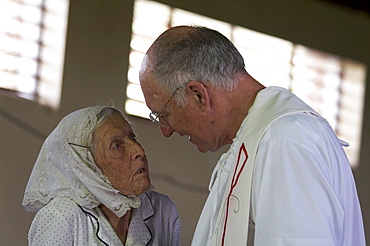
Jamaica. Old woman of german origin talking to american priest during sunday mass in the catholic church at seaford town
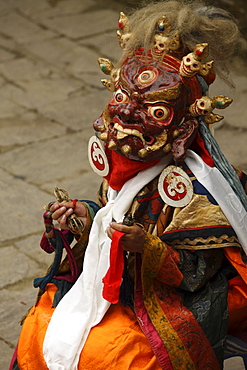
A solitary mask dancer appears wearing a frightening mask and silk brocade. they circle the courtyard with sprightly leaps. called protectors of faith, or dharmapdla, the origins of figures like these can be traced back to the pre-aryan peoples of india. originally known as yaksas (literally, a wondrous thing), they were tree spirits, who were accepted by the buddhists as defenders of the faith. in nepal and tibet, as in india, local deities were converted into protectors. a devotee of an alien sect devised a means to humiliate the buddha and his disciples. the buddha discovered it and succeeded in converting him to his teaching. due to lack of wisdom, the buddha remarked, some could not realize the goodness of his disciples and he compared the ignorant to the blind and the wise to those who have eyes.nobody is condemned in buddhism, for greatness is latent even in the seemingly lowliest just as lotuses spring from muddy ponds. -the dhammapada. solu khumbu, nepal

